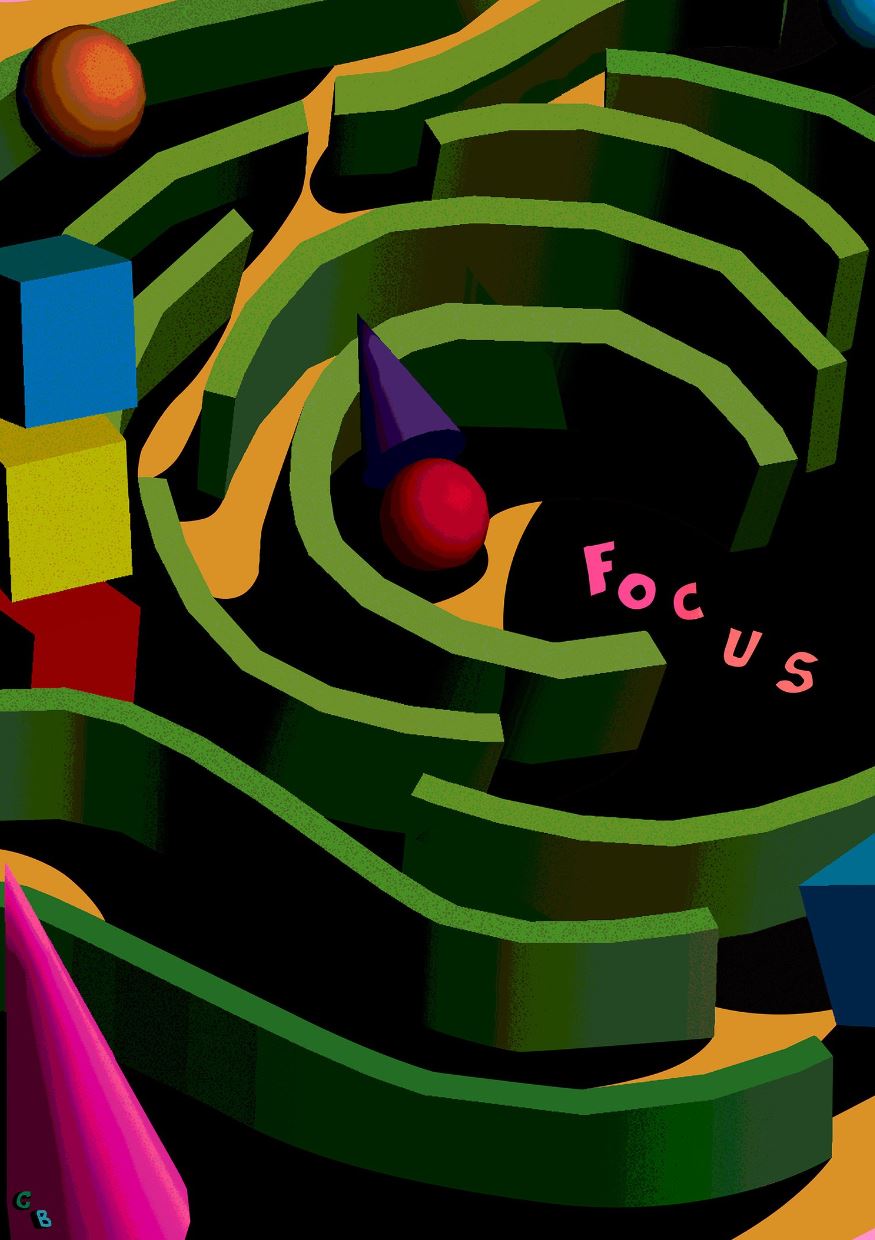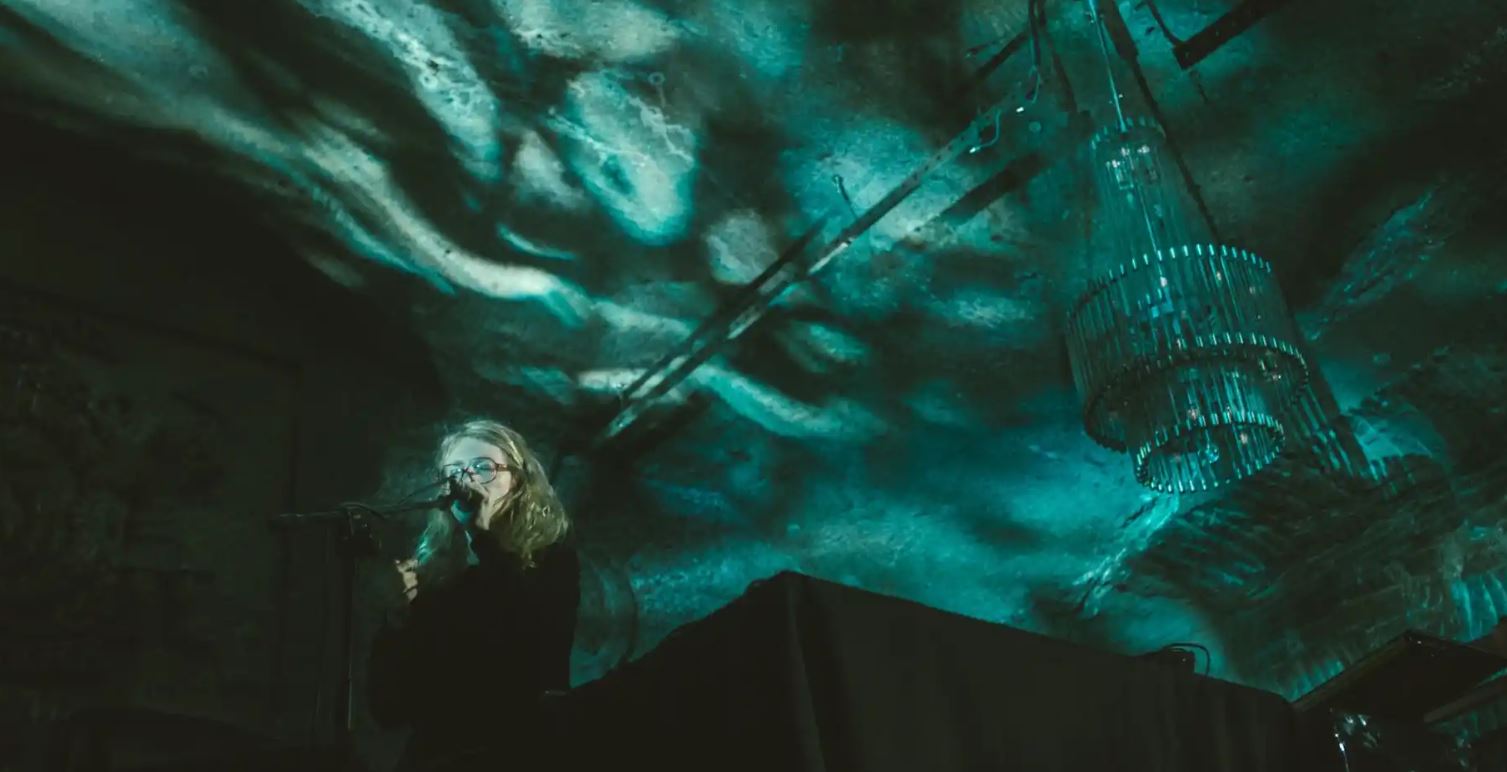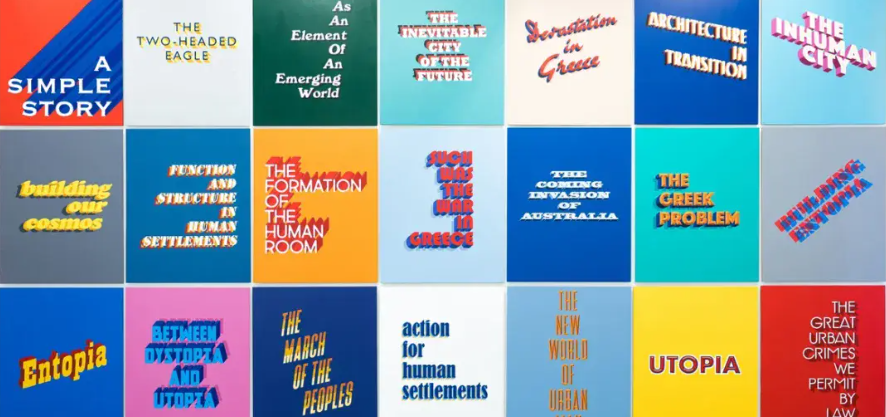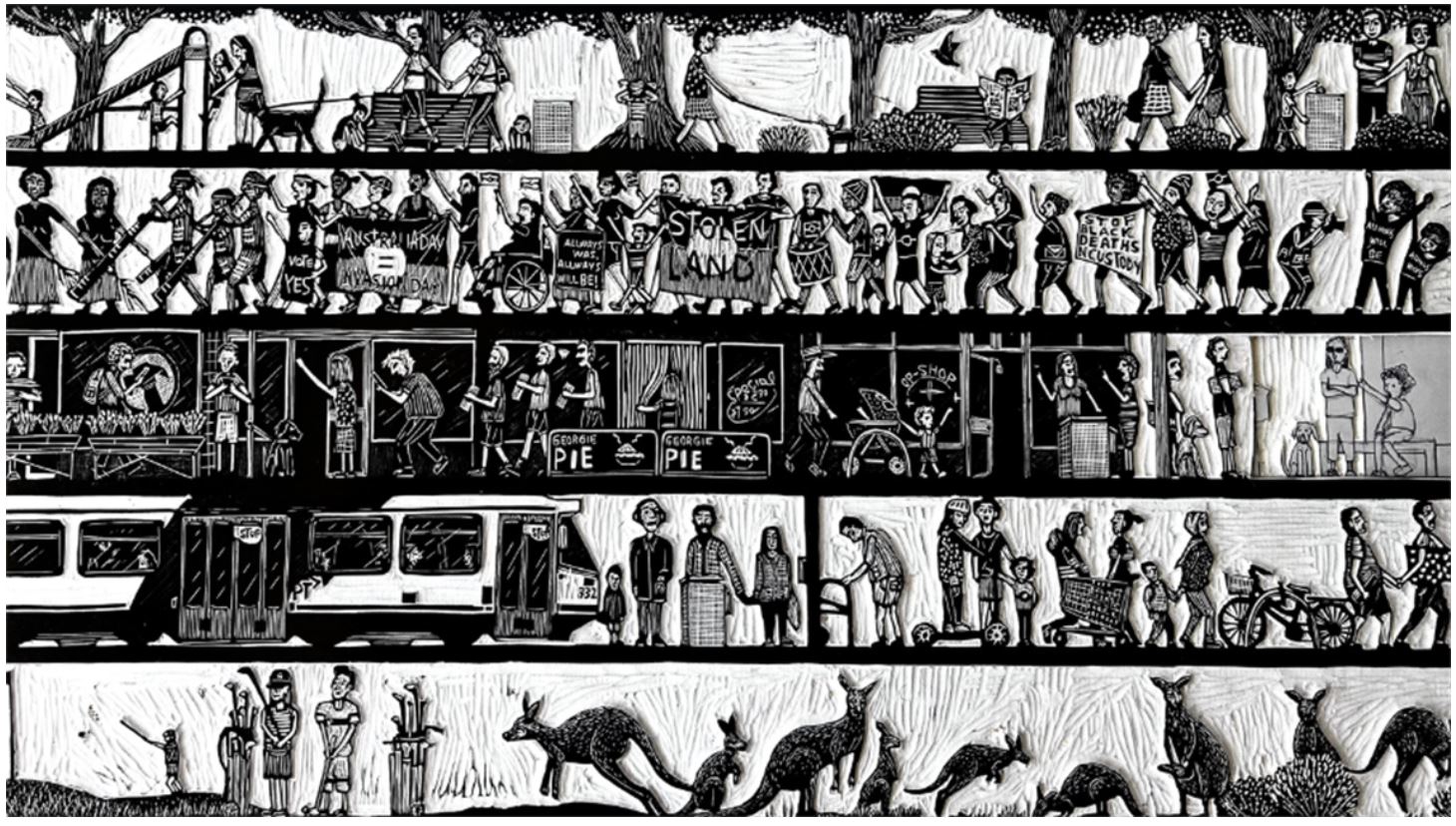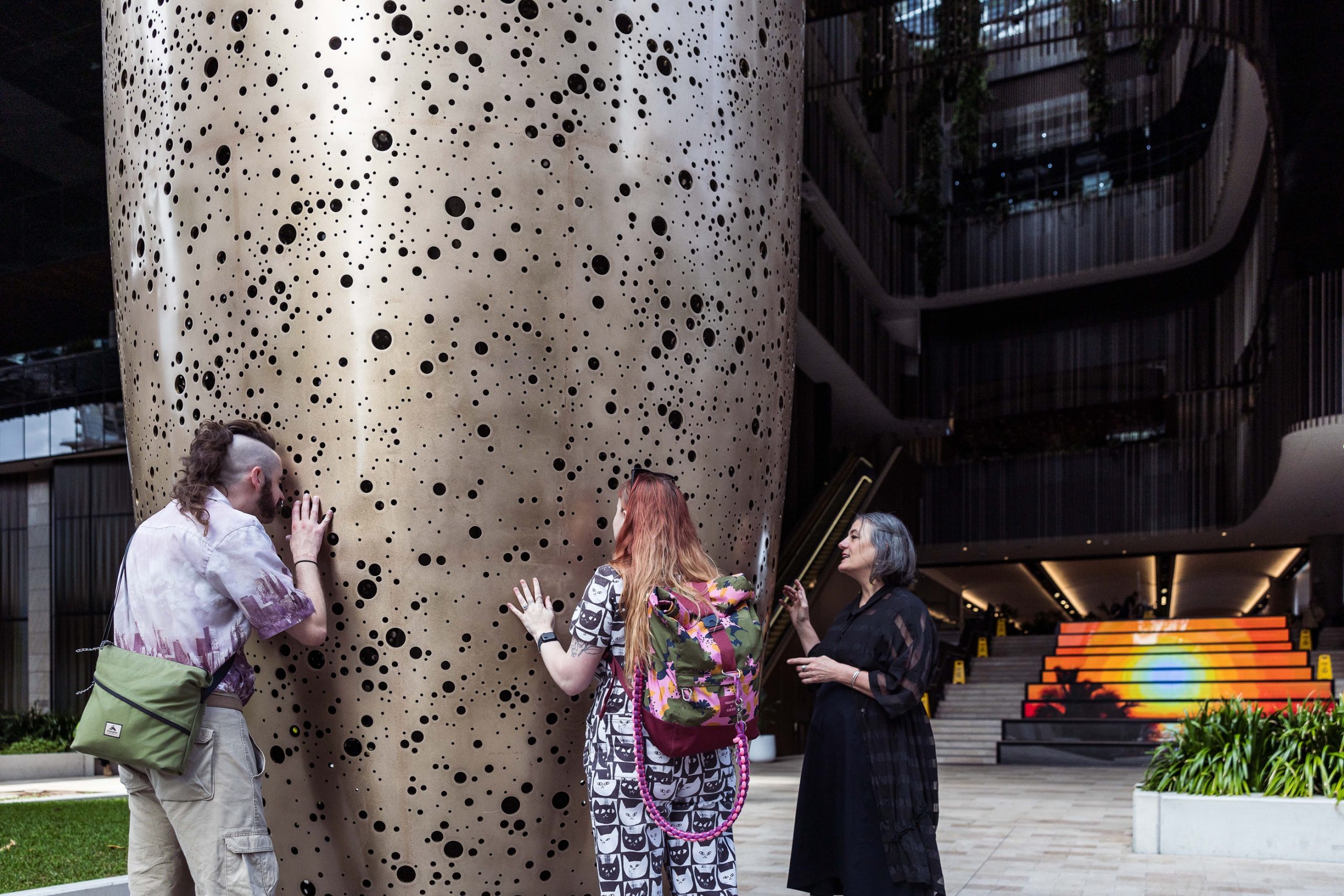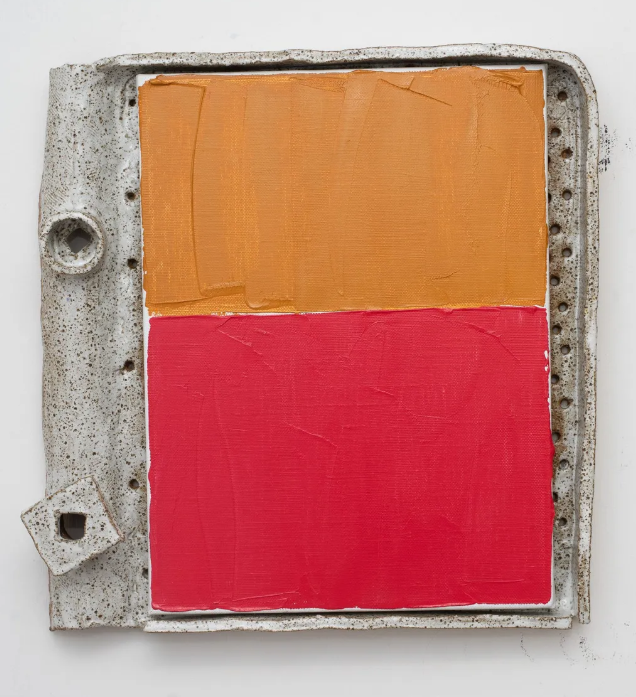As Seen on TV is an exhibition that looks at 30 years of digital art tools and how advanced they’ve become, and easier than ever to use. It’s called As Seen on TV because it all started with working on a Sega Mega Drive, a console from 1988, and a copy of Art Alive! from 1991. Art Alive! Is essentially a paint programme hat works within the limitations of a home video game system, limiting you to 16 colours, requiring users to use a control pad and no save function. Once you finish working on your piece, you turn off the system and the original is wiped from the RAM of the system.
The only way to see the original is to be there when the image was created, ‘As Seen on TV’.
The instruction manual recommends using a VCR to record your artwork, but I’ve been using a computer to record the screen as I’ve developed each of these works so I can ensure a copy is saved, and that’s why they’re framed in television sets. It pays homage to how the original work would have to be viewed.
In the early 90s, only about 17% of households had a computer. I know growing up the home computer was for my fathers work so the idea of using a video game system to create digital art resonated with me. It was an accessible, familiar tool for kids to start experimenting with digital art tools.
Today we have tools like the iPad that lets users create any kind of digital art they want. By printing my work from the iPad using Adobe Fresco and contrasting it with the work made on a Sega Mega Drive, audiences can clearly see the progress of 30 years of technology. Audiences are also invited to reflect on how, regardless of the software used, these artworks have limited, short lifespans as digital works. A new iPad operating system, a lapse in subscription costs or failure to backup files will render the works made using an iPad just as resilient as a video game system that can’t save data.
Of course, computers started entering more households and became more available during the 90s. I was really inspired by the explosion of 3D graphics during the 90s. For a brief moment in time they looked awkward, boxy and incredibly iconic. Through movies, video games and TV shows we witnessed computer-generated images and 3D graphics that defined the era and I wanted to capture the nostalgia in a way that felt genuine. In 1997 a programme called Adobe Dimensions 3.0 was released for home computers that made 3D graphics more accessible to create and work with. Using an old iMac I’ve developed a series of works using obsolete software and hardware that felt familiar and dreamlike, inviting viewers to reflect on how quickly technology changes.
When discussing accessibility to digital art tools, the GameBoy Camera is interesting. A digital camera released in 1997 that worked with the GameBoy System, allowing users to capture photographs on tiny screens in four colours, but on a medium that was really familiar and easy-to-use. The GameBoy Camera supported saving 30 photos, but I had a challenge. How do you get those images off the camera now?
In the past Nintendo released a thermal printer that allowed users to print their images, but those wouldn’t have lasted long either. The best solution I could think of was to take a photograph of the artwork captured through the GameBoy Camera. I love the aesthetic of the crushed contrasts and low-resolution screen, but it’s hard to take an authentic GameBoy Camera picture and hang it on the wall.
Unfortunately, we still have this problem. Our phones sometimes store thousands of photos, and those photos are easier to share, but getting them all off the device is really hard. In a lot of ways, due to the sheer size and volume of our photo collections on mobile, they’re also sometimes trapped on those specific devices.
The cruel joke as a digital artists in 2024 that the best way to present digital artwork, and make sure it lasts for generations is to have it printed and hung on the wall. I’ve committed to producing one print of every work, as a way to share my digital artwork but also, ensure it lasts a long time.
Words by Christopher Bentley
Exhibition Opening: 5-9pm, Saturday 06 July, 2024

